You are here
Hawai‘i Volcanoes National Park Overview | Activities | Camping and Lodging | Weather and Vog | Pets
Hawai‘i Volcanoes National Park Overview
The youngest island in one of the the world's most remote archipelagos, the Big Island of Hawai‘i is home to five volcanoes. Kohola sits in the north and is the oldest; Hualalai created the flows upon which the Kona International Airport sits; Mauna Kea is the tallest mountain in the world when measured from base to summit; Mauna Loa is not only active but is also the world's largest volcano by volume; and Kīlauea, which is not only the youngest of the five but also one of the most active volcanoes on Earth. To know and love Hawai‘i is to accept as a fact of life both the creative and destructive force of volcanism. Hawaiians have understood this for centuries, and until 1819, when the old religion was abolished by the heirs of King Kamehamea, the goddess Pele was worshiped as both the creator of the islands and placated as a passionate and fickle destroyer of villages and lives. What was true for traditional Hawaiians holds true today: When Pele decides to unleash a river of molten lava, there is nothing we can do about it but worship, watch, wonder, and get out of the way. Take, for example, the fishing town of Kalapana, which was completely overrun by lava from Kīlauea in 1990, or consider the futility of the Air Force bombs that were meant to thwart the course of a lava flow that threatened Hilo in 1935. The flow later stopped of its own accord, and Pele likely was most unimpressed by the miniscule military might of mere mortals.
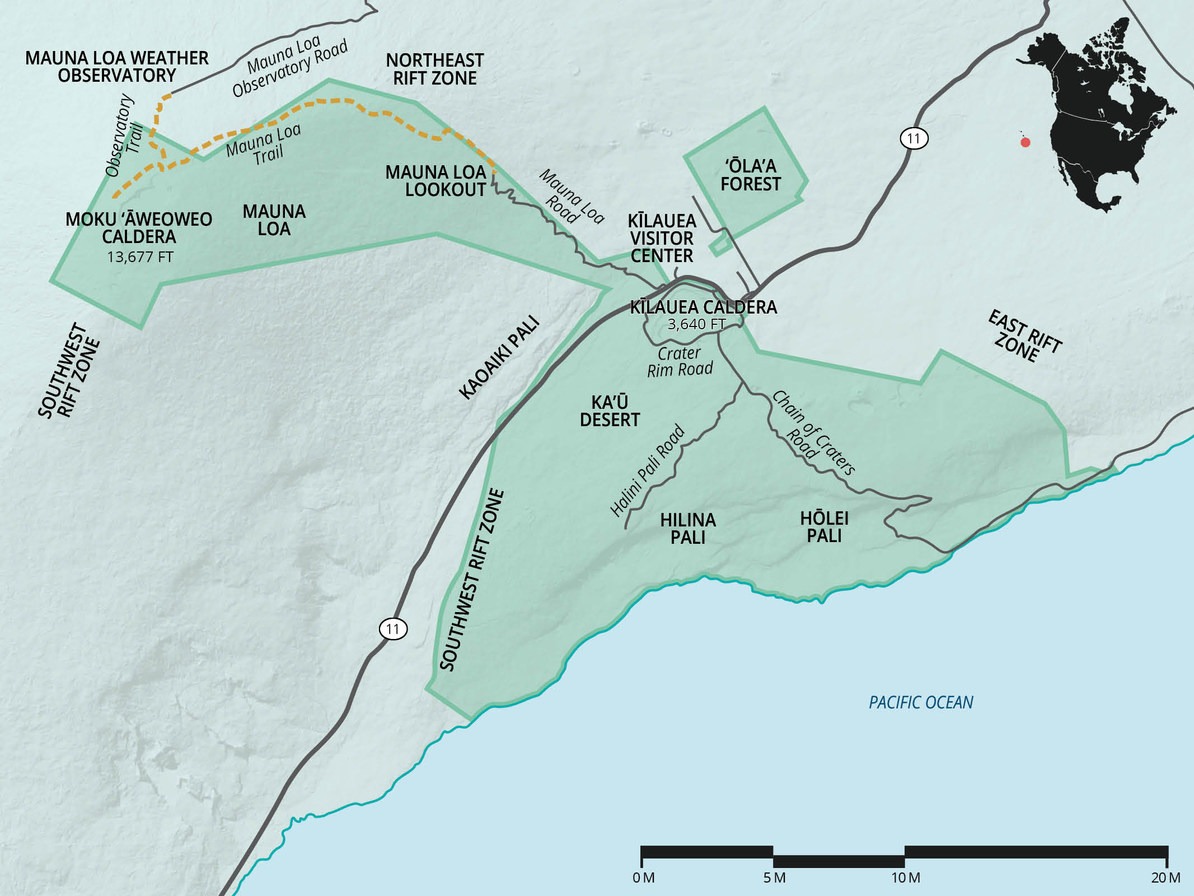
The sacred home of Pele, the Halema‘uma‘a Crater in the massive Kīlauea Caldera is the fiery heart of Hawai‘i Volcanoes National Park. The Earth's percolation here attracted the first immigrants to the island and demanded their obeisance, inspired activists to lobby for a national park protection a century ago, and still transfixes the millions of visitors who watch from the safety of the Jaggar Observatory every year. Kīlauea has been actively erupting since 1983, when the Puʻu ʻŌʻō cone was formed, making it one of the longest eruptions in the world. Lucky visitors can check in on the Halema‘uma‘a Crater itself and then make the drive that descends 3,600 feet to the ocean to witness some of the lava from the Kīlauea magma chamber spilling into the ocean some 16 miles away as the crow flies.
But Hawai‘i Volcanoes National Park is much more than Kīlauea. The park boundaries also include Mauna Loa, which is very much an active volcano despite its recent decades of silence since 1984. The summit of this behemoth sits at 13,678 feet, and Hawai‘i Volcanoes National Park occupies over 300,000 acres of its south facing aspect all the way down to sea level. This makes the park one of our most ecologically diverse national parks. Visitors can bask in the 85-degree heat as they appreciate the Pu`u Loa petroglyphs or they can chill their bones in freezing weather on an expedition to Mauna Loa's summit (not an easy undertaking). Between those altitude extremes visitors can hike through terrain that is as parched and unforgiving as any desert or as lush and biodense as any rainforest. There is so much to explore in this national park, a three-day itinerary will still leave objectives on the table.
Hawai‘i Volcanoes National Park was established in 1916, just weeks before the establishment of the National Parks Service itself and 43 years before Hawai‘i became the country's newest state. This was also the same year that Lassen Volcanic National Park was designated, placing both among the country's first 10 national parks. Established as Hawaii National Park, the park originally included three volcanoes: Mauna Loa and Kīlauea within the current boundaries on the Big Island, and Haleakalā on the island of Maui (which became its own national park in 1961). The effort to protect the area was led by an early investor in the Volcano House, the only hotel in the park. Lorrin Thurston, for whom the Thurston Lava Tube is named, was also a newspaper publisher who was able to use his press to advocate for national park protection. Thurston was successful in drawing national attention to the area in the form of visits and vacations from prominent politicians and endorsements from figures such as John Muir and Teddy Roosevelt. Significantly, Thurston was also able to attract the interest and expertise of the world's foremost volcanologist at the time, Thomas Jaggar, for whom the Jaggar Observatory is named. Jaggar oversaw the construction of the first observatory at Halema‘uma‘a Crater (since destroyed by an eruption), became the director of the Hawaiian Volcano Observatory, and remained so until 1940.
Incredibly, the majority of Hawai‘i Volcanoes National Park is designated wilderness, the greatest possible protection our public lands can enjoy. This is a significant achievement especially in the context of native and introduced species. The list of flora and fauna species that have evolved significant adaptations since their first ancestors were introduced on wind and ocean currents is long and impressive (90 percent of plant species, 110 land bird species, 1,000 mollusk species, 10,000 insect and spider species). Yet most are threatened by the introduced species (including humans, pigs, and mongoose) that either compete for habitat and resources or directly prey upon the native species. Hawai‘i faces a massive challenge in keeping its native species alive, and national parks and wilderness areas are a way to maintain at least small pockets of continuity. Thanks to the park and wilderness protections, visitors to Hawai‘i Volcanoes National Park are likely to see a higher concentration of native flora and fauna here than in any other part of the island. In fact, while volcanism may bring tourists in the door, it is no understatement to suggest this mission of preservation is the park's most important contribution to the island's culture and history. Be sure to stop in at the visitor center for exhibits and literature that will help you identify and appreciate some of these endemic species as you explore the park.
Activities
Hawai‘i Volcanoes National Park is large, which is a good thing, but the range and selection of activities to do while visiting can feel overwhelming. We've separated some options into categories that you may find helpful while structuring an itinerary, but this is by no means an exhaustive list. Many people squeeze this national park into a larger island visit, giving it only a day. While that is better than nothing, visitors on this kind of schedule will miss much of what makes this park one of the nation's treasures. Two days is a much more reasonable minimum, and if you have the time, energy, and ability to undertake longer treks, four or five days will allow you to hike some terrific trails. Whatever your choice, be sure to check in with rangers regarding air quality, bring plenty of layers, water and sun protection, and always practice the principles of Leave No Trace.
Also, please note that areas may be suddenly closed due to hazards from lava flows, earthquakes, or noxious gasses, not to mention closures to protect wildlife. For more up-to-date information on closures, visit the National Park Service homepage.
Points of Interest
- Pu‘u Loa Petroglyphs
- Thurston Lava Tube
- Hōlei Sea Arch
- Steam Vents
- Jaggar Museum + Overlook
Short Hikes
- Sulpher Banks + Crater Rim Trail Loop: 1.25 miles, 50-foot elevation gain
- Devastation Trail: 1 mile, 20-foot elevation gain
- Kīpukapuaulu Trail: 1.2 miles, 180-foot elevation gain
- Keanakāko‘i Crater Hike: 2 miles, 55-foot elevation gain
- Kīlauea Iki Trail: 4 miles, 400-foot elevation gain
- Ka‘aha via Hilina Pali Trail and Ka‘aha Trail: 3.8 miles one way, 2,200-foot elevation loss
Long Hikes
- Lava Flow Hike via Chain of Craters Road: 10 miles, 50-foot elevation gain
- Mauna Loa Summit via the Mauna Loa Trail: 21 miles one way, 7,003-foot elevation gain
- Mauna Loa Summit via the ‘Ainapō Trail: 10 miles one way, 7,600-foot elevation gain
- ‘Āpua Point via Puna Coast Trail: 6.6 miles one way, 140-foot elevation loss
- Halapē via the Keauhou Trail: 7.7 miles one way, 3,194-foot elevation loss
- Keauhou via the Keauhou Trail: 6.8 miles one way, 6,120-foot elevation loss
Camping and Lodging
Campgrounds are not a strong suit for Hawai‘i Volcanoes National Park. There are two official campgrounds: Nāmakanipaio Campground is outside of the park entrance, and Kulanaokuaiki Campground is on Hilina Pali Road. Kulanaokuaiki has only nine sites that are all first-come, first-served, and there is no water here. Nāmakanipaio Campground has water, 17 tent sites and 10 cabins; it is located at 4,000 feet, so come prepared for temperatures that dip into the low 60s at night.
Backcountry camping is a wonderful choice in Hawai‘i Volcanoes National Park, and there are eight backcountry campsites: Ka‘aha, Halapē, Keauhou, ‘Āpua Point, Nāpau, Pepeiao Cabin, Red Hill Cabin and Mauna Loa Cabin. A $10 permit allows 12 people to spend seven nights in the backcountry, though there is a limit of three consecutive nights in any single camp. Permits can be obtained through the Backcountry Office or through pay.gov. Note that water is restricted to catchment systems and may not be available; carry plenty, and you can check water levels here.
Lodging
Volcano House is located just inside the park, near the Kilauea Visitor Center. The Rim restaurant serves breakfast, lunch, and dinner to guests, and Uncle George's Lounge is available for a lighter lunch or dinner. Wi-Fi is available throughout the hotel. Pets are not permitted. Reservations can be made on the hotel's website.
Weather and Vog
Weather at Hawai‘i Volcanoes National Park is very much dependent on elevation. The portion of the park that meets the Pacific may feel a little more like other coastal areas along the Big Island; it receives more rain than Kona but less than Hilo, and temperatures can easily reach into the 90s. But keep in mind that the route to Kīlauea's 4,000-foot summit from here is up, up, up. It may be 80 degrees and sunny when you check out the lava flowing into the ocean, for instance, but by the time you reach the visitor center and Crater Rim Drive the weather may be 20 degrees cooler. And raining. The trick here is to come prepared for variable conditions, especially if you will be spending time in different elevations in the park. Don't assume that, just because some portion of your vacation will be spent in a bathing suit and flip flops, your attire in the park can be equally light; bring some layers and sturdy footwear to stay comfortable as you explore.
Vog is a very real concern throughout the park, even for people without lung conditions. Vog results when sulfur dioxide emitted by volcanic activity meets the oxygen, water, and sunlight above ground. Sulfuric acid is one byproduct, but there are several to worry about. Depending on volcanic activity and prevailing winds, vog can be very hazardous, and park officials carefully monitor weather and air quality in an effort to ensure public safety. A touch of vog may feel mildly irritating to those without lung conditions, and you may even experience a sense of constriction while breathing if concentrations increase. If you have conditions such as asthma, take precautions, limit your exposure to the vog, and stick close to a car or building that can provide some relief. Air quality can be checked here.
Pets
As is the case in most national parks, pets are allowed only in developed areas such as roadways, parking lots, and Nāmakanipaio Campground. Wherever pets are allowed, they must be leashed. Notably, they are not allowed along Hilina Pali Road, and this includes the Kulanaokuaiki Campground. Pets are also not allowed on any trails in the park, and they cannot be left unattended in vehicles. If you are visiting the island with a pet, it may be a good idea to check with surrounding communities to find local boarding services. Park officials actively manage the area to preserve local species of flora and fauna, and a restricted pet policy is part of that management plan.
Logistics + Planning
Current Weather: Powered by Dark Sky








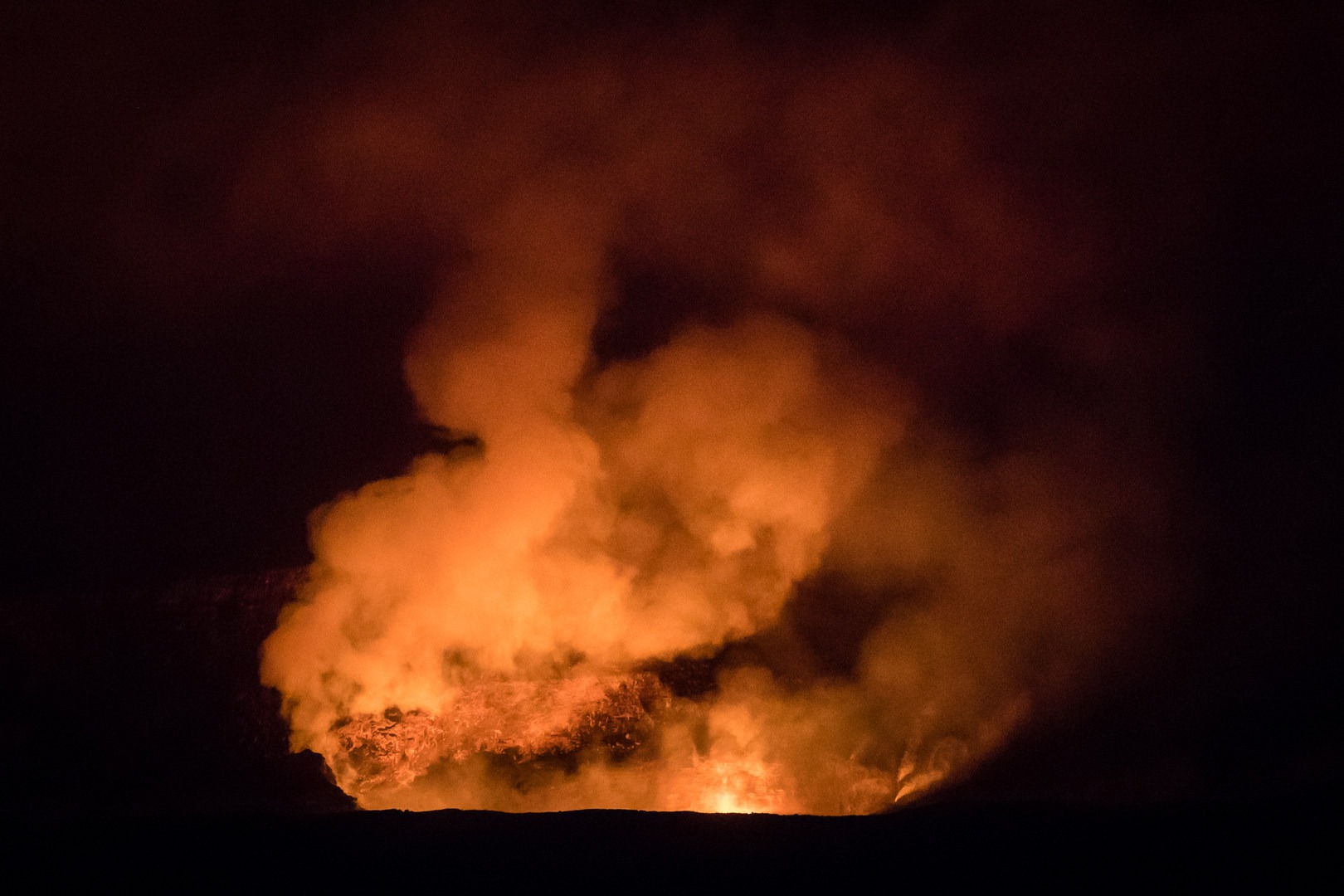












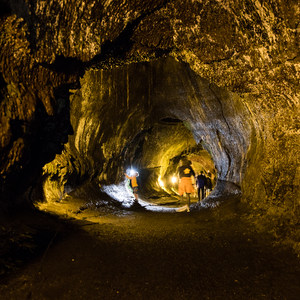

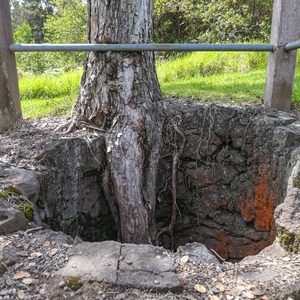
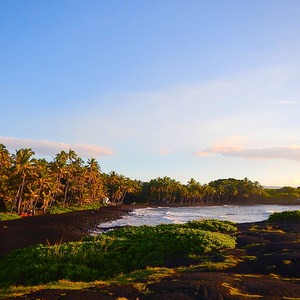
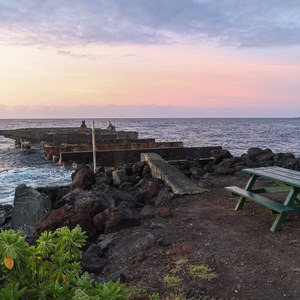



Comments
Sign In and share them.